To “Bee” or not To “Bee”
With news that bees have been added to the endangered species list, one reporter wants readers to know the un-bee-lievable facts.
Photo by Emily Cozza
Bees do so much more for our ecosystem then we know.
Even though it’s just the “bee-ginning” of the news, I would like for all of you to lend your ears for a moment to listen to the plight of our hapless yet humble hero of nature: the bee. Of course, there are countless other creatures on this planet that accomplish the same job, and they are notorious for their tendency to sting and swarm, but no other being – not even humankind itself – is exactly capable of what bees do.
To clarify, the number of bees which inhabit this world is absolutely “un-bee-lievable.” Approximately 20,000 species of bees undertake the tiresome task of pollinating a plethora of plants, and some 4,000 of those are native to the good ol’ U.S. of A. While it would a real “buzz-kill” to observe every type of bee, we must address the case of the rusty-patched bumble bee. You see, our bumbling buddy has recently been declared an endangered species by the US Fish and Wildlife Services – the first bee in the continental US to achieve this spotlight status. In actuality, the bee population had suffered recent yet severe losses due to climate change, pesticide usage, and parasites. The rusty-patched bumble bee had experienced an 88 percent decline in the number of populations and an 87 percent loss in the amount of territory it inhabits. By 2016, the US had lost about 4.4 million of the 4.5 million honeybee colonies it had in 2006. I know that the numbers do not convey very much urgency other than the statistics, but that’s “bee-sides” the point.
Though you do not see so many bees every day, you will definitely notice the impact on your daily diet. In our nation alone, the native bees are responsible for the pollination of key crops including pumpkins, tomatoes, eggplants, cherries, and blueberries, and all of the agriculture scores. As previously mentioned, there are other organisms which perform functions likewise to the bee, such as the elegant butterfly, but, other than in terms of grace, they are way “bee-hind” in terms of efficiency. Specifically, bees truly deserve that title of busy, because a honeybee can visit between 50-1000 flowers in one trip, and is able to complete 14 trips a day. Considering the colony with 25,000 forager bees, the collective result is a staggering 250 million flower total, which would be a great gift to give to a special companion.
However, what “stings” the most are the apparent economic losses if the trend continues. Globally, animal pollinators contribute to 35% of global food production. In addition, honey bees account for more than 15 billion dollars of the US economy through their involvement in cultivating multiple types of fruits, vegetables, and nuts, and in simultaneously supporting the cattle industry. Ergo, if the bee goes down, we all go down with it (pretty dramatic, right). “Hive” thought about it, and there are some solutions to remedy this hornet-nest of a catastrophe which encourage participation for all. For example, the company of the renowned Honey Nut Cheerios cereal – “a part of any balanced breakfast” (not sponsored by General Mills or affiliates) – had launched a campaign to attract attention for the rusty-patched bumble bee buds of Buzz the Bee. In order to gain momentum in forcing extinction to “buzz off,” they are including wild flower packets to motivate others to create local gardens with native plants. Although it is not necessary to plant 250 million flowers per colony, at least try to prepare a safe zone where some bees can live happy and healthy honey-filled lives.
I will admit it: you are probably thinking that sowing the seeds to start a grass-root movement seems like an absurd idea. And don’t lie to me, because I can see the truth through your eyes…maybe not, but that’s fine. What’s most important of all is that you increase awareness of the battle for the bees. Basically, the more people know, the more they will care. Perhaps you can share this killer-bee of an article with them, yet all that matters is that you spread the word. In the end, you have to “bee” the change you want to “bee,” according to Mohandas Gandhi, who possibly liked bees, too. Whatever you ultimately decide is fine with me – unless that means you will not help bees, because I have plenty more bee puns locked and loaded until you see the point of the stinger. Heh, bee puns…you’ve been warned…

Grade 11
"If it is not right, do not say it. If it is not true, do not say it." - Marcus Aurelius

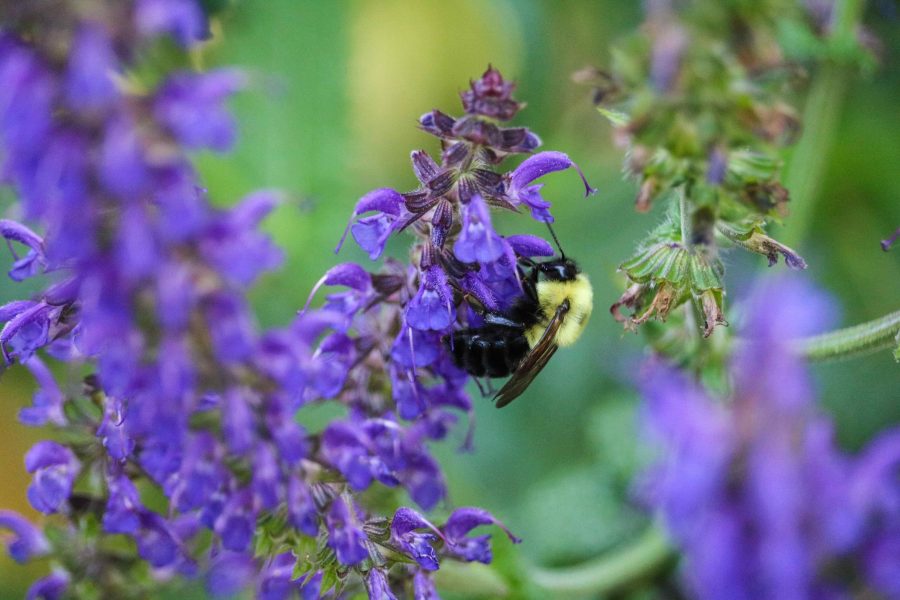
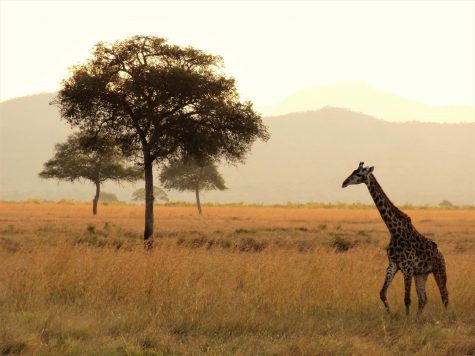
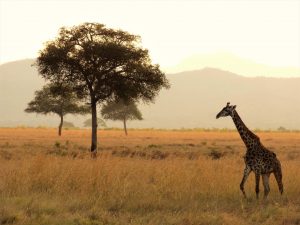

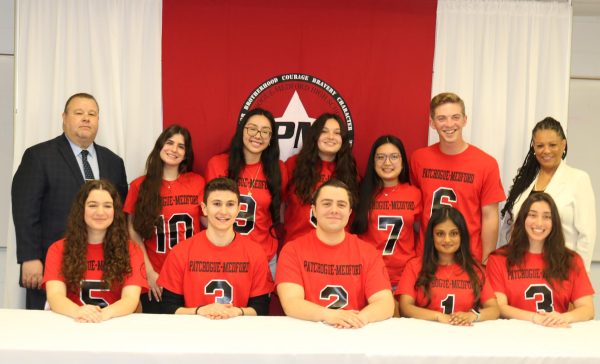
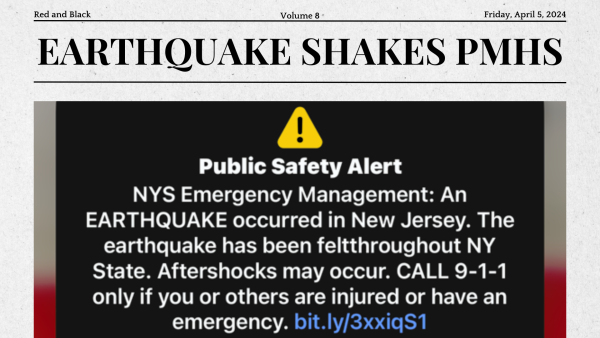
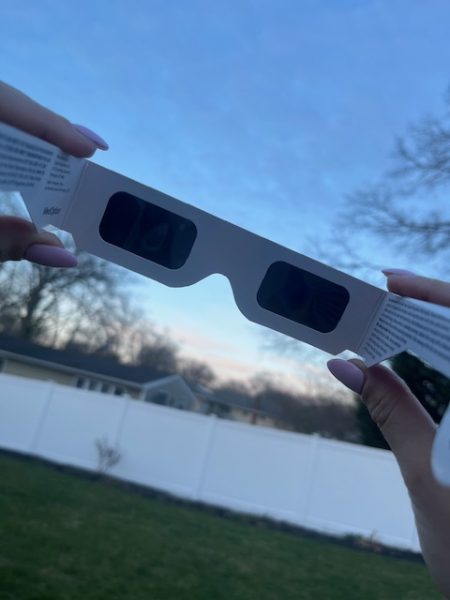

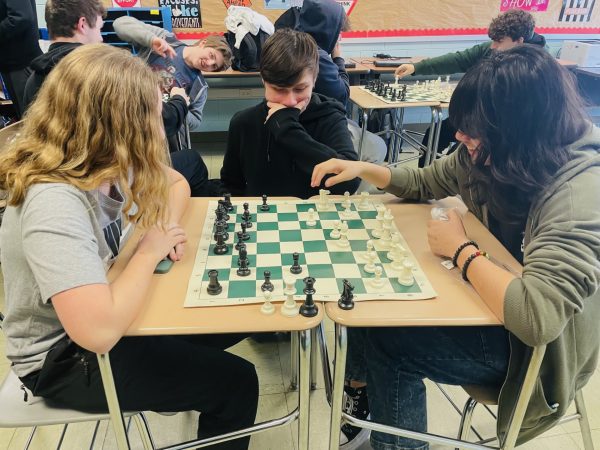
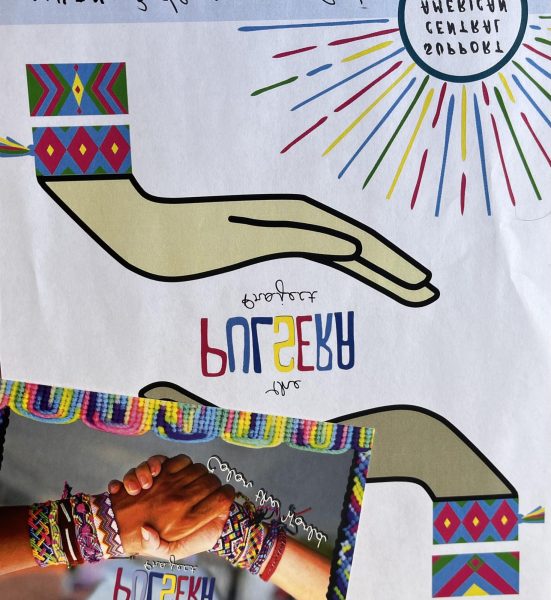
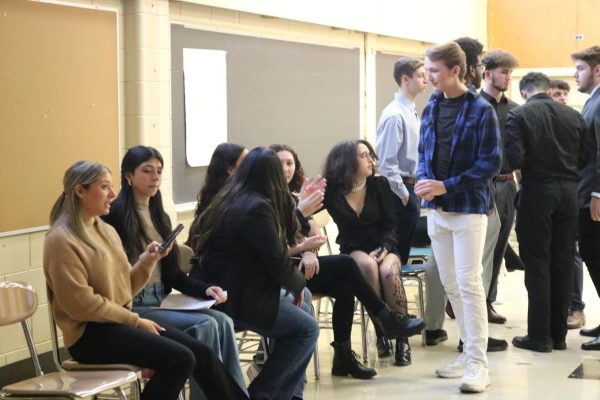

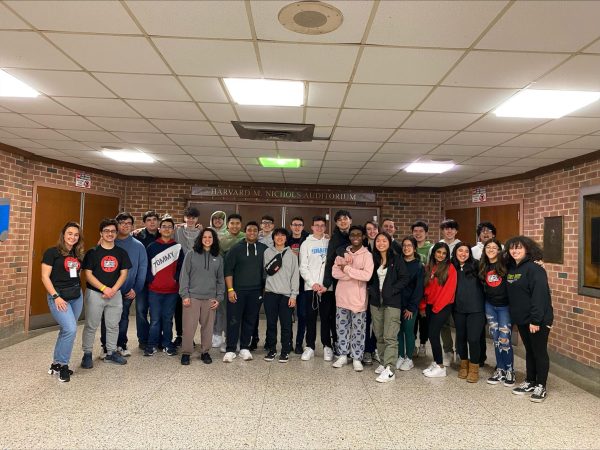
Jack • Apr 3, 2017 at 8:47 am
A very interesting and informative article